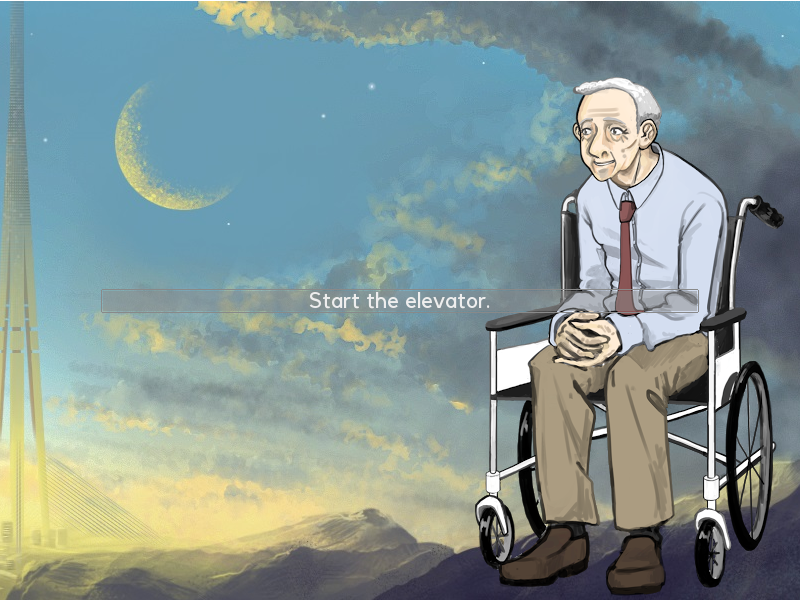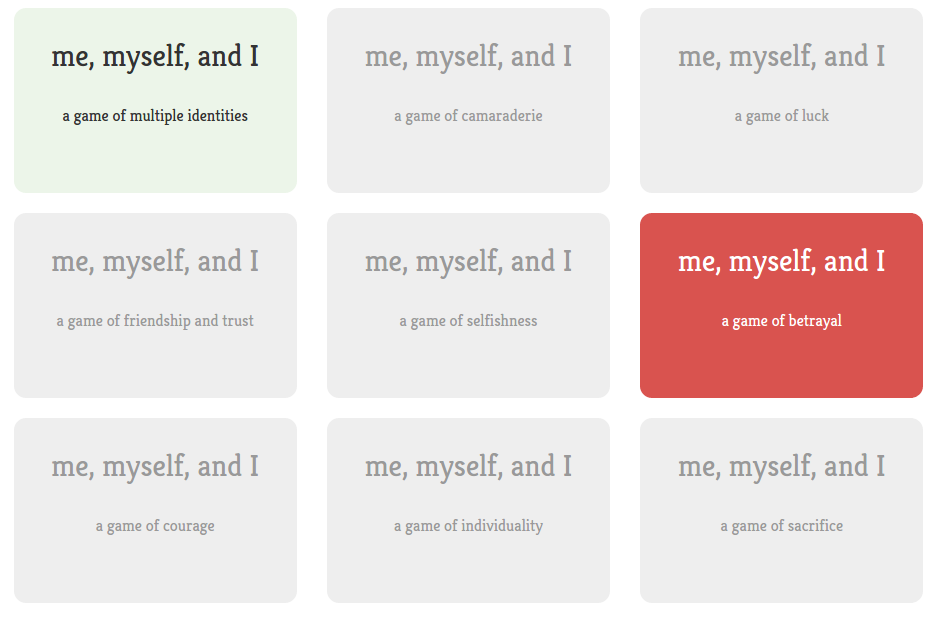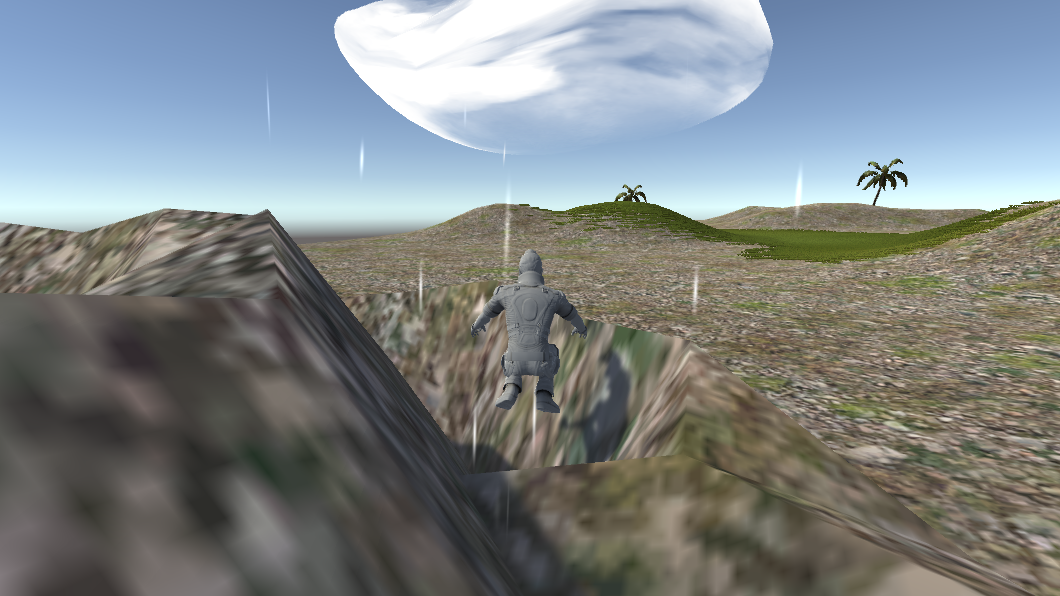Melotif
Description
A blind-friendly, action music game with little to no visuals. “Jump” (tap a button) in response to melodic motifs as you listen to a song. Each level will have different motifs that require jumping at certain times. Survive the entire song to pass the level.
Art/Research Statement
This game explores the power of music and music alone. I want to create an entire level through rising and falling pitches and dynamics. Can players map different notes to safety or danger? How will they develop a mental model to represent music? Will musicians have an easier time than non-musicians?
I will experiment with different motifs to see how players react, and hear how memorable they are. The goal is to solicit a variety of emotions: in addition to happiness, sadness, or other moods based on the music, I want to give players a sense of wonder, thrill, and achievement at beating a level with only their ears.
Parameters for success include at least 1-2 complete playable songs, as well as a satisfying user experience. If players can learn the motifs and want to continue trying to beat the level, as they might a normal visual game, then I will have succeeded.
Mock Screenshot
There will be very little art. I may add a super subtle visualization (something with colors, e.g. see below) but it won’t be as distracting (the player needs to focus on music, not the visualization).

Game References
- Geometry Dash: a notoriously difficult jumping game, players control a cube that must leap over spikes, gaps, and get to the end. Want to emulate sense of achievement and player’s desire to progress in the game. The soundtrack also helps support the gameplay: a lot of jumping occurs on downbeats.
- Canabalt: a side-scrolling endless runner game. Want to emulate player’s ability to recognize patterns in the gaps and when to jump.
- Rhythm Doctor: a one-button rhythm game that requires pressing the spacebar every seventh beat. Relatable as the gameplay corresponds to the music, and the difficulty adds suspense and tension to the game.
Non-Game References
- Newgrounds Audio Portal: Great resource for inspirational songs. Though I will try to compose original music, if I don’t have time I can choose one of these.
- Movie soundtracks: Hans Zimmer, etc. for motifs and melodies.
- Game soundtracks: Legend of Zelda, Final Fantasy, Braid, Journey, etc. for musical inspiration.





